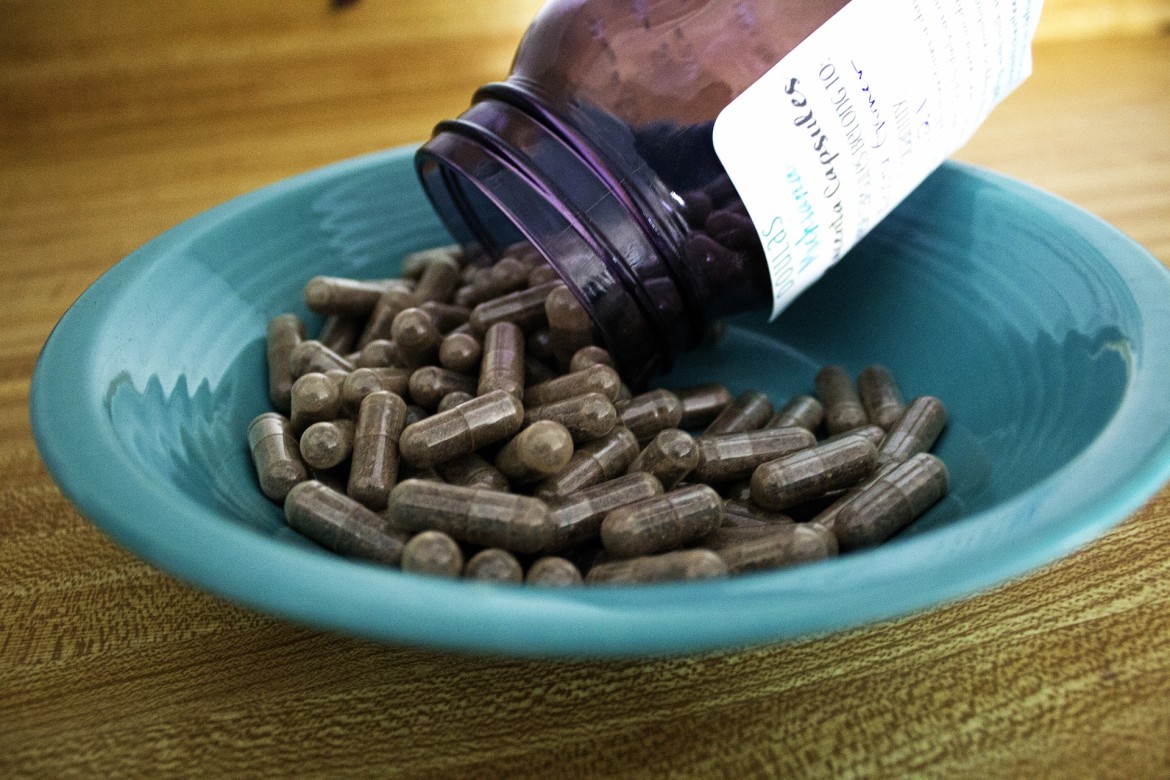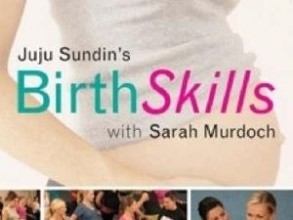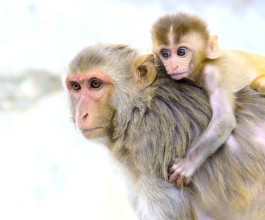Should you eat your placenta after birth?
20 Aug, 2019What is the placenta?
The placenta is an amazing organ that grows inside your uterus in the first trimester of pregnancy, and passes blood through the umbilical cord to the foetus. It filters oxygen, glucose and other nutrients to your baby. Can you imagine growing an entire organ in a span of 3 months? It’s no wonder that women are exhausted and fatigued in that first trimester. Your body is doing so much work behind the scenes!
After your baby is born, the umbilical cord will keep pulsating for a few more minutes, passing blood and immune cells to your baby. It’s now recommended not to clamp the chord until it stops pulsating as its the last chance for your baby to get this boost from its placenta. It also allows for the afterbirth - the fourth stage of labour - to go more smoothly. That means your placenta being birthed about an hour after baby’s birth.
Things you can do with your placenta after birth
After this a lot of people don’t ever want to see their placenta again. And that’s completely fine. There is a growing movement though, towards keeping the placenta as a memento from birth. Some people may:
plant the placenta in the earth and grow a tree/ bush/ plant from it
use the placenta to create a placenta print and frame the art as a keepsake from pregnancy
decide not to cut the placenta and keep it dried with herbs etc until the umbilical cord naturally detaches from the baby
consume the placenta by cooking it, eating it raw, encapsulating it or putting it in smoothies
After reading about placenta consumption in a couple of different books, I have to say I was curious about why this is recommended. Was this just some weird alternative spiritual practice or did it actually have biological evidence based benefits?
Historic Placentophagy
Most mammal species consume their placenta after birth to remove any trace of a birth and protect their child from predators. It is also rich in iron and other nutrients which would help a mother regain her iron stores after potential blood loss during birth.
Amongst humans, there are many anecdotal stories of historic placenta consumption, in places like Brazil, China, Central India and the Solomon Islands. The reasons for this ranged from dispelling exhausted Ch’i and getting rid of ghosts haunting the infant, to helping a barren woman get her fertility back.
The pros and cons of placenta consumption
In contemporary society, while there is growing interest in placentophagy, especially in the United States, there have been no evidence based trials conducted to determine if its actually safe and good for you. Nevertheless, lets have a look at some pros and cons.
Pros
People who encourage placenta encapsulation claim that it has:
high source of iron
nutrients
physical and psychosocial benefits
Increased production of breastmilk
reduces risk of maternal postpartum depression due to high levels of pregnancy hormones.
Improved mood and more energy in postpartum period
High levels of oxytocin leading to reduced bleeding/ increased recovery
Cons
probably tastes a bit gross
no evidence based research on the benefits
instances where infant has gotten sick
Study 1
This study “Human placentophagy: a review.” in 2018 found that there was no scientific evidence of any clinical benefit of placentophagy among humans. In fact, after placenta encapsulation, there are no placental nutrients and hormones retained in sufficient amounts in the capsules for it to be beneficial.
The Centers for Disease Control and Prevention recommends that people should not consume their encapsulated placentas as this process does not eradicate infectious diseases that may be present in the placenta. For example, a baby developed recurrent Group B Streptococcus sepsis after its mother consumed the encapsulated placenta containing this disease and it passed through to the baby via her breast milk.
Study 2
This study “Placenta - Worth trying? Human Maternal Placentophagy - Possible Benefits and Potential Risks. It discusses some of the benefits noted above and these additional potential risks - potentially toxic trace elements below the toxicity threshold, potentially pathogenic bacteria and then the transfer of these from mother to child via breast milk, and finally the accumulation of drugs in the placenta e.g. caesarean related, antibiotics, anaesthetics. All of which will get transferred to the baby.
Study 3
Another study “Effects of Human Maternal Placentophagy on Maternal Postpartum Iron Status: A Randomized, Double-Blind, Placebo-Controlled Pilot Study” looked at 23 female participants and performed a randomised trial where half of them received their own encapsulated placenta and the other half received an encapsulated beef placebo. They found that “Average iron concentrations were considerably higher in encapsulated placenta (0.664 mg/g) compared to the encapsulated beef placebo (0.093 mg/g) but provided only 24% of the recommended daily allowance (RDA) for iron among lactating women based on the study's maximum daily intake.” So there is a higher level of iron in these women’s blood who did consume their placenta but they still had to supplement it with a whole lot of other iron in their diet to meet their recommended daily allowance.
Study 4
Another study “Human placenta processed for encapsulation contains modest concentrations of 14 trace minerals and elements.” looked at 28 placenta samples that were processed for encapsulation and looked at the concentration of 14 trace minerals. They found that based on the recommended daily intake of placenta supplements for lactating women, it would on average provide “24% RDA for iron, 7.1% RDA for selenium, 1.5% RDA for zinc, and 1.4% RDA for copper. The mean concentrations of potentially harmful elements (arsenic, cadmium, lead, mercury, uranium) were well below established toxicity thresholds. These results indicate that the recommended daily intake of encapsulated placenta may provide only a modest source of some trace micronutrients and a minimal source of toxic elements.” There you go.
Conclusion
I will leave you to do your own research and make up your mind but I personally am not so interested in consuming my placenta. Still debating whether to keep it and plant a tree from the placenta in the garden. That could be an idea…
Research
https://www.ncbi.nlm.nih.gov/pubmed/28859955 - Human placentophagy: a review
https://www.ncbi.nlm.nih.gov/pmc/articles/PMC6191299/ - Placenta - Worth trying? Human Maternal Placentophagy - Possible Benefits and Potential Risks
https://www.ncbi.nlm.nih.gov/pubmed/27809380 - Effects of Human Maternal Placentophagy on Maternal Postpartum Iron Status: A Randomized, Double-Blind, Placebo-Controlled Pilot Study
https://www.ncbi.nlm.nih.gov/pubmed/27440542 - Human placenta processed for encapsulation contains modest concentrations of 14 trace minerals and elements.
https://evidencebasedbirth.com/evidence-on-placenta-encapsulation/ -
Cover Image by dictionarydeshea from Pixabay
Get The Best Of Sleepy Roo Delivered To Your Inbox
Subscribe to my newsletter and get the latest info on baby sleep! You can unsubscribe at any time.



